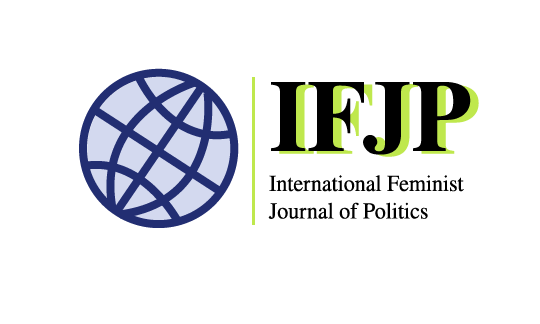New ways of framing abortion in Sweden
By: Rebecca Selberg
Christopher Boswell/Unsplash.
Twenty minutes south of where I work at Lund University is Malmoe, Sweden’s third largest city. Its so-called Triangle square connects the southern, vibrant and diverse parts of the city with the commercial districts. Here, at this particular square, a dozen or so anti-abortion activists frequently gather under banners depicting bloody fetuses. They are a somewhat exotic element of these parts of the city, where numerous feminist groups, LGBTQ organizations, labour-, left- and anti-racist coalitions dominate the social movement landscape. But here they are, a group of middle-aged women, silently holding up their placards, comparing abortion to murder of children. It’s an image we’ve come to recognise – anti-abortion activists all over the world use these particular pictures to try to connect through shock and revulsion. The practice of using shocking images is, as research has illustrated, part of a carefully thought-out strategy to “capture the imagination of the broader public” and symbolize the movement and its cause.
But “mind bombing” the public with images of bloody fetuses is not a successful strategy – not in Malmoe, and not in Sweden in general. Here, in a country where popular support of women’s right to choose is stronger than in most other places of the world, such imagery has been part of a tireless but marginalized anti-abortion movement that has had zero victories since 1974 when the current abortion legislation came into effect. Swedish anti-abortion groups have had no political gains whatsoever, and they have persistently failed to even start a broader conversation about abortion.
Instead, it was two midwives who, in 2014, successfully placed abortion on the Swedish political agenda for the first time in decades. They did this not by comparing abortion to murder, but by claiming to have been discriminated against by their employer, who ended their contracts after having learned that they would refuse to participate in abortion services at the women’s clinics where they had been offered employment. The midwives saw themselves as conscientious objectors, and they argued that the employers had to respect their fate. They also argued that the issue was fundamentally about abortion – a practice they viewed as akin to murder – and not abortion, but rather about healthcare workers’ rights to be excused from certain tasks based on religious belief. In the media debate, the issue was widely interpreted as a challenge to current abortion legislation, and the first serious challenge since 1974.
The lawsuits surprised many gender scholars, including myself. Suddenly, abortion was discussed not in terms of “is it murder or not?” or “is it the woman’s choice?”, but in terms of worker’s rights; protection against discrimination on religious grounds; the role of diversity – in short, in terms of values and rights in the Swedish labour market and society. The entire affair shook my view of what abortion politics in Sweden could look like, and what the established positions were.
In order to make sense of this unusual debate, I set out to systematize and analyze the news media articles published around the case. Notably, the articles against the lawsuits relied on a number of frames that all invoked notions of Swedish commitment to gender equality. According to these articles, the lawsuits were part of a foreign agenda, a Trojan horse-move. One of the central tenets of the critique was that the whole affair was un-Swedish. There may be some merit to this point, since the midwives were supported by among others the US based lobbying firm Alliance Defending Freedom, which has described its objectives as “[keeping] the door open for Gospel, to defend religious liberty, life, marriage and family, and to protect the sovereignty of nations”.
Scholars have identified a tendency of both pro-choice and pro-life organizations to extend or transform frames. As opportunities arise for new frames to leverage policy success, organizations will use them to position for tactical advancement. In Sweden, the anti-abortion movement has been widely disregarded and wholly unsuccessful for four decades. Introducing the concept of conscientious objection, with its implicit emphasis on moral integrity, and taking up the strategy of pursuing a judicial route supported by international lobbying efforts, successfully placed anti-abortion activists in the political spotlight in Sweden.
As feminist and postcolonial scholars have shown, abortion ties into notions of nationhood and nationalist imaginings. But the midwife case undermines the perception that pro-life groups are the ones more prone to relying on nationalist frames, and instead shows that seizing the opportunity, abortion activists can think, act, and talk global and local at the same time.
Read the full article: “The midwife case and conscientious objection: new ways of framing abortion in Sweden“
Rebecca Selberg is Senior Lecturer at the Department of Gender Studies, Lund University, Sweden. Her research is focused on gender, work and economy, especially in the public sector.
Each blog post gives the views of the individual author(s) based on their published IFJP article. All posts published on ifjpglobal.org remain the intellectual property and copyright of the author or authors.



